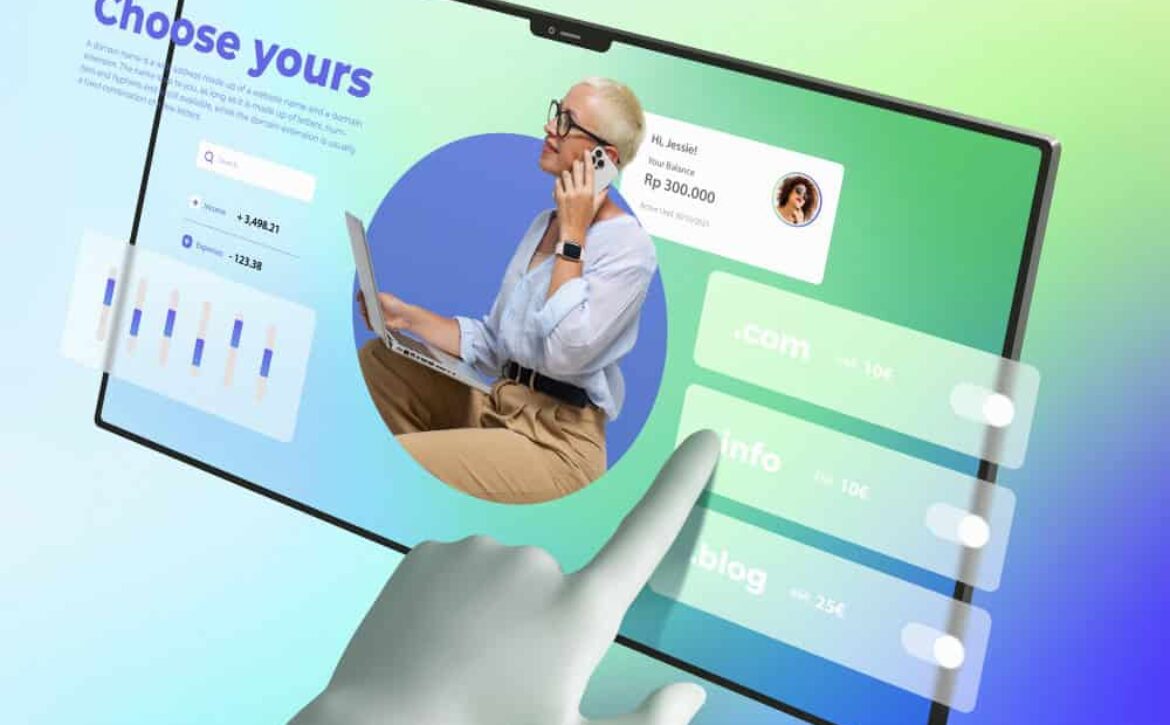Top 10 Tools Every Remote Dev Team Should Be Using
In 2025, remote development teams are more prevalent than ever, driven by the need for flexibility, access to global talent, and cost-effective operations. However, managing distributed teams comes with its own set of challenges communication gaps, project visibility issues, and collaboration hurdles. To navigate these challenges, leveraging the right tools is essential.
At GoodWorkLabs, a leading software development company based in Bengaluru, we specialize in building high-performing remote teams for global clients. Our expertise spans mobile and web development, AI solutions, DevOps, UI/UX design, and more. We understand the critical role that the right tools play in ensuring seamless collaboration and productivity.
Here are the top 10 tools every remote development team should be using in 2025:
1. GitHub Codespaces – Cloud-Based Development Environments
GitHub Codespaces allows developers to spin up full Visual Studio Code-powered development environments in the cloud within seconds. This tool is perfect for remote teams as it eliminates the need for complex local setups and ensures consistency across development environments. Features include seamless GitHub integration, support for custom dev containers, and suitability for pair programming and onboarding new team members.
2. Slack – Real-Time Communication and Collaboration
Slack remains a staple for remote teams, offering real-time messaging, file sharing, and integrations with numerous other tools. Its channel-based architecture helps keep conversations organized by project or topic and features like Slack Huddles and AI-powered search enhance team collaboration.
3. Zoom – High-Quality Video Conferencing
Zoom continues to be a leading video conferencing tool, providing high-quality video and audio capabilities. It’s ideal for virtual meetings, team check-ins, and webinars. Features like screen sharing, breakout rooms, and meeting recordings make it indispensable for remote collaboration.
4. Jira – Robust Project Management
Jira by Atlassian is a powerful project management tool tailored for software development teams. It supports agile methodologies, allowing teams to plan sprints, track issues, and manage backlogs effectively. Jira’s customizable workflows and integration capabilities make it a go-to choice for remote teams aiming for transparency and efficiency.
5. Notion – All-in-One Workspace
Notion serves as an all-in-one workspace combining notes, documents, databases, and task management. It’s particularly useful for remote teams needing a centralized place for documentation, project planning, and knowledge sharing. Notion’s flexibility allows teams to tailor the workspace to their specific needs.
6. Figma – Collaborative Design Platform
Figma is a cloud-based design tool that enables real-time collaboration among designers and developers. Its Dev Mode feature streamlines the handoff process by providing code-ready snippets and component exports. Figma’s intuitive interface and collaborative features make it a favorite among remote UI/UX teams.
7. Asana – Task and Workflow Management
Asana helps remote teams organize work, track progress, and manage projects from start to finish. Its user-friendly interface allows teams to create tasks, set deadlines, and assign responsibilities easily. Asana’s visual project timelines and workload management features aid in balancing team efforts.
8. Google Workspace – Cloud-Based Productivity Suite
Google Workspace offers a suite of cloud-based tools, including Gmail, Docs, Sheets, and Drive, facilitating real-time collaboration and communication. Remote teams can co-author documents, share files securely, and schedule meetings seamlessly, all within a unified platform.
9. Trello – Visual Project Tracking
Trello utilizes a card-based system to help teams visualize tasks and workflows. It’s particularly effective for smaller teams or projects that benefit from a straightforward, visual approach to task management. Trello’s simplicity and flexibility make it a popular choice for remote teams.
10. 1Password – Secure Password Management
1Password provides a secure way for teams to manage and share passwords and sensitive information. Its encryption and access control features ensure that only authorized team members can access critical credentials, enhancing security for remote operations.
Why Choose GoodWorkLabs for Your Remote Development Needs?
At GoodWorkLabs, we don’t just understand the tools that empower remote teams we excel at integrating them into our development processes to deliver exceptional results. Our commitment to quality, innovation, and client satisfaction sets us apart.
Our Services Include:
-
Custom Software Development: Tailored solutions to meet your unique business needs.
-
Mobile App Development: Creating intuitive and engaging mobile experiences.
-
AI and Machine Learning Solutions: Leveraging AI to drive business innovation.
-
UI/UX Design: Designing user-centric interfaces for enhanced engagement.
-
DevOps Consulting: Streamlining development and operations for faster delivery.
-
Staff Augmentation: Providing skilled professionals to augment your team.
Ready to Elevate Your Remote Development Team?
Partner with GoodWorkLabs to harness the power of top-tier tools and expert development practices. Our team is ready to help you build, manage, and scale your remote development operations effectively.
Contact Us Today to discuss your project needs and discover how we can help you achieve your goals.






